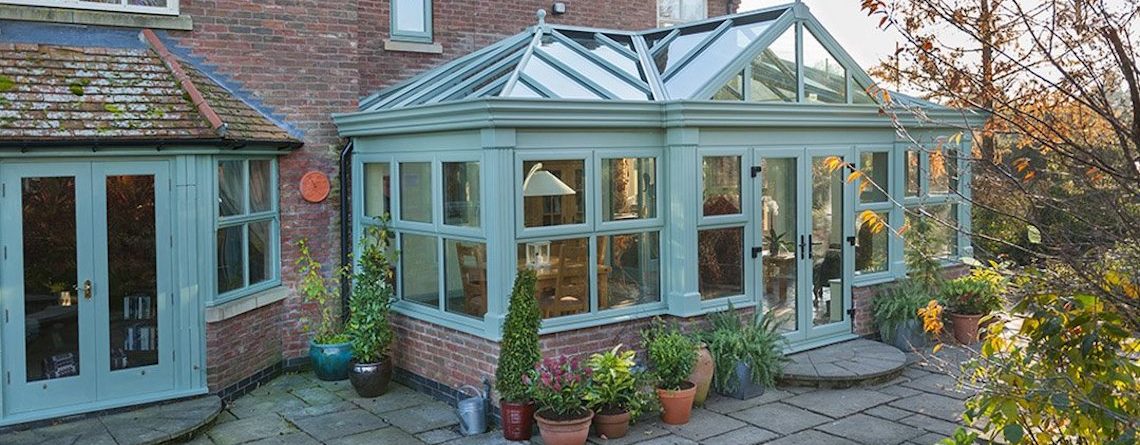A Window in the Door: More than Just a Pane of Glass
At first glimpse, a window in a door may look like a basic architectural feature. It's just a piece of glass that permits light to filter through or supplies a look of what's on the opposite, right? However when you stop briefly to think about it, this apparently ordinary component carries considerable practical, aesthetic, and even symbolic weight. Whether it graces the doors of your home, workplace, or favorite café, a window in a door is far more than just a pane of glass-- it's a bridge in between areas.
1. Functionality: The Practical Role of Door Windows
The addition of a window to a door uses practical advantages that can improve both residential and business spaces:
Natural Light: One of the primary functions of a window in a door is to allow sunlight to go through. In spaces with minimal windows or confined locations like hallways or interior workplaces, this function can brighten the space, minimize the reliance on synthetic lighting, and create a more welcoming environment.
Presence and Safety: A window in a door provides a clear line of vision for those on either side. This is especially important in business and commercial settings, such as dining establishments, factories, or schools, where people frequently move through doors. Exposure reduces the threat of accidents (e.g., someone walking into a door or clashing with someone on the other side).
new windows and doors and Energy Efficiency: When combined with operable glass or modern technologies like double-glazing and low-E glass, door windows can contribute to better air flow and energy efficiency in your house or work area.
Security: While breaking glass might look like an open invitation to intruders, modern designs have addressed this concern. Reinforced glass, tempered glass, or designs with narrow panes can make the window resistant to break-in while still satisfying of visibility and light.
2. Visual Appeal: Enhancing the Visual Identity of a Space

From a design viewpoint, windows in doors can elevate visual appeal in many methods:
Design and Character: The style of the window typically matches the architectural vibe of the property. A home with a rustic or farmhouse appearance may feature a door with frosted or stained glass, while a smooth, modern-day home might showcase a minimalist door with basic, clean lines.
Personalization: Door windows come in various sizes and shapes-- round, rectangle-shaped, oval, arched, or custom-made to match your choices. This flexibility provides property owners and designers the ability to produce doors with artistic style and personal touches.
Curb Appeal: The entry door is frequently the focal point of a home's exterior, and a properly designed window within it can turn an otherwise common door into a strong design statement. Frosted or etched glass, for instance, can communicate elegance and sophistication.
3. Meaning and Meaning: Beyond the Practical and Aesthetic
On a deeper level, a window in a door brings symbolic significances that resonate across cultures and contexts:
Openness and Connection: A door with a window cultivates a sense of connection in between 2 discrete spaces. Whether it's in between a home and its front backyard or an office conference room and a hallway, the window can make these areas feel less isolated and more integrated.
Transparency: In work environments, doors with windows represent openness and responsibility. A manager's office with a glass-panel door, for instance, can signify approachability, decreasing the hierarchical barrier that a strong closed door might produce.
A Threshold of Opportunity: Metaphorically speaking, a door with a window can represent a view into new chances. It offers a preview into what lies ahead-- a fitting image for individual growth and exploration.
4. Modern Trends: Innovations in Door Window Design
Advances in innovation and design are constantly improving how we consider door windows. Here are a few patterns to view:
Smart Glass: With the arrival of clever innovation, windows that can alter from transparent to opaque with the touch of a button are getting popularity. These state-of-the-art options use privacy on need without sacrificing the benefits of natural light.
Energy Efficiency: Double- and triple-glazed door windows with innovative insulation are ending up being standard in energy-conscious homes. These not just keep your energy costs in check however also lower environmental impact.
Ornamental Enhancements: Patterns, etching, and colored glass inserts are becoming more elaborate, providing homeowners endless possibilities to customize their doors.
Safety Upgrades: Impact-resistant glass and shatter-proof movies are increasingly being integrated into door windows, especially in locations susceptible to storms or high-security needs.
5. Considerations for Choosing a Door with a Window
Before picking a door with a built-in window, there are a few factors house owners and designers should bear in mind:
Privacy: While a window offers presence and natural light, it can likewise jeopardize personal privacy. Frosted glass or tactically placed window styles can alleviate this issue.
Upkeep: Glass in doors will collect fingerprints, dirt, and smudges, particularly in high-traffic locations. Selecting products that are easy to tidy or have protective finishes can conserve time.
Integration with the Environment: Choose a door window style that complements the environments. A door in a quiet, residential area might focus on aesthetics, while one in a business structure might highlight resilience and security.
Conclusion: A Small Feature with Significant Impact
As basic as it may appear, a window in a door is a feature that mixes functionality with appeal, safety with style, and connection with individuality. It's a reminder that the smallest details in architecture can have the power to transform not only our spaces but also the method we interact with them.
Whether you're peering through a glass panel to invite a visitor or letting natural light filter into your home, a window in a door is far more than a style element-- it's a method to open ourselves to the world, one pane of glass at a time.
